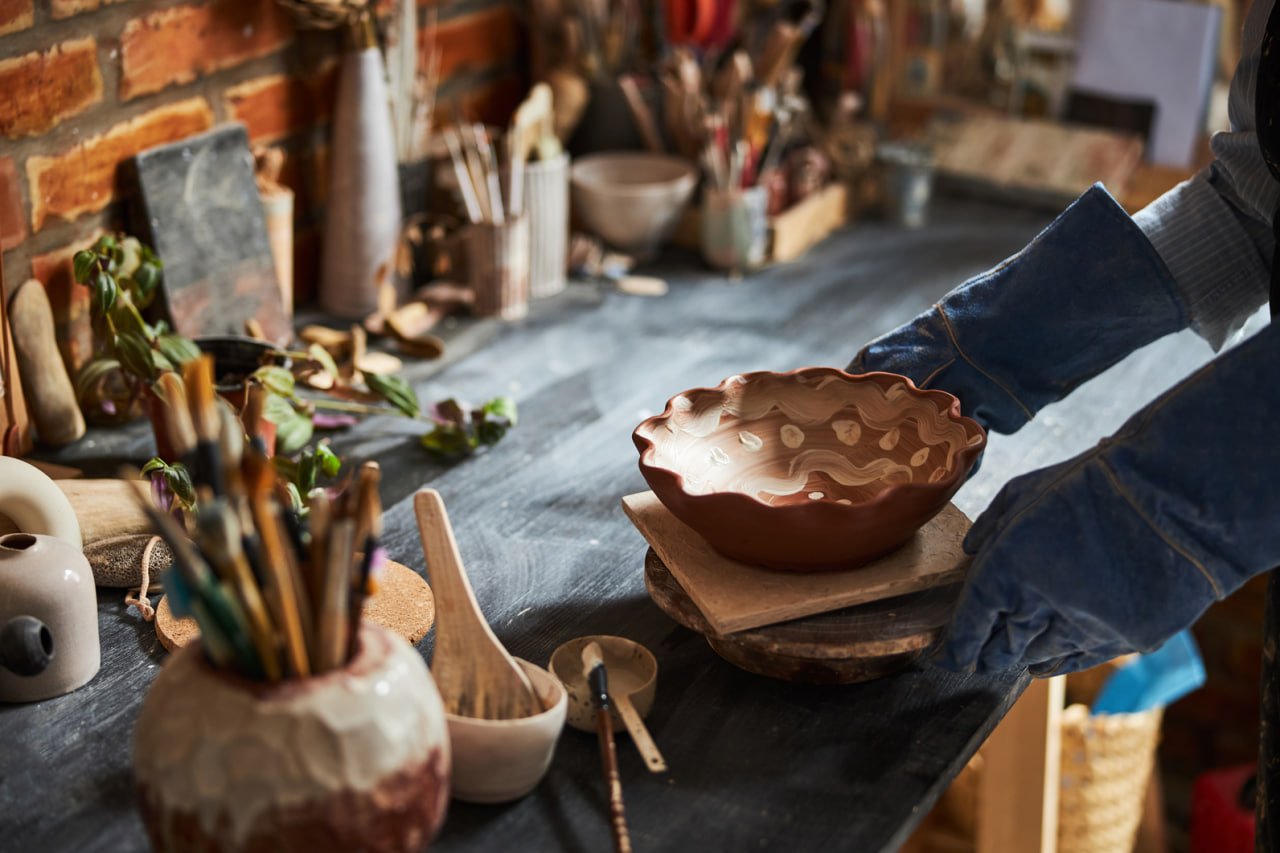Custom molding is an art form that transforms ideas into physical objects with precision, detail, and creativity. Whether creating decorative pieces, functional items, or unique sculptures, custom molding allows artisans and designers to capture their vision in a tangible form. Understanding the materials, techniques, and processes behind molding is key to producing high-quality, expressive pieces.
The Art of Custom Molding
Custom molding starts with a clear vision. Designers and artisans translate concepts into three-dimensional forms, often beginning with sketches, digital models, or clay prototypes. This initial step ensures that every detail is carefully planned and executed. Molding provides the flexibility to reproduce complex shapes and textures that would be difficult or impossible to create by hand.
The process allows for both replication and uniqueness. A single mold can produce multiple identical items, while modifications to the mold or finishing process can create one-of-a-kind variations. This balance makes custom molding a powerful tool for both production and artistic expression.
Types of Molding Techniques
Silicone and Rubber Molds
Silicone and rubber molds are widely used for their flexibility, durability, and ability to capture intricate details. They are ideal for producing small to medium-sized decorative objects, prototypes, and limited-edition pieces. These molds can handle various materials, including resin, plaster, wax, and low-melting-point metals.
Silicone molds are particularly valued for their ability to release complex shapes easily without damaging the object. Multiple pours can be made from a single mold, ensuring efficiency while maintaining high-quality results.
Plaster and Latex Molding
Plaster and latex molds are traditional techniques that remain popular for creating textured surfaces and sculptural effects. Plaster molds are strong and provide excellent support for casting materials like cement or low-temperature metals. Latex molds, often used for flexible and delicate designs, allow detailed textures to be reproduced without breaking.
These materials are often used in architectural elements, decorative panels, and art pieces where tactile surface detail is important. Combining plaster or latex with silicone can provide both flexibility and durability for more complex projects.
Resin Casting and Polyurethane Molds
Resin casting paired with polyurethane molds offers versatility for color, texture, and finish. Liquid resins can be pigmented, layered, or combined with metallic powders to achieve artistic effects. Polyurethane molds are durable and allow for repeated use without losing detail, making them suitable for production runs of decorative items.
Resin casting is excellent for creating small sculptures, jewelry pieces, or customized décor with fine detailing that replicates the original model accurately.
Creating Detailed and Complex Designs
The key to successful custom molding lies in capturing the nuances of the original design. This often involves creating a master model with careful attention to texture, proportion, and depth. High-relief patterns, intricate motifs, and subtle surface details can all be preserved in the mold when the master model is well-executed.
For highly complex designs, multi-part molds are often employed. These allow undercuts, intricate forms, and interlocking shapes to be cast without distortion. Digital tools like 3D modeling and printing can also assist in producing master models for molding, expanding the possibilities for creativity and precision.
Finishing and Post-Processing
Once cast, molded pieces often require finishing to achieve the desired look. Sanding, polishing, painting, or coating can enhance the surface, highlight textures, and protect the material. Metallic finishes, patinas, and glazes can be applied to give the piece character, depth, and a polished aesthetic.
Custom finishing transforms a raw cast object into a refined work of art. It allows for personalization and ensures that every piece reflects the creator’s vision, whether the goal is realistic detail, artistic abstraction, or decorative flair.
Combining Materials for Unique Effects
Custom molding can involve combining multiple materials to achieve visual and structural complexity. Resin can be combined with metal inserts, concrete with pigment layers, or plaster with textile elements. These hybrid techniques provide opportunities for experimentation and unique artistic expression.
Material combinations also allow for enhanced durability, functionality, and aesthetic contrast, making each piece distinctive and tailored to its purpose.
Applications of Custom Molding
Custom molding is used in a variety of contexts, from interior décor and art installations to collectibles, prototypes, and functional objects. Artists use it to reproduce sculptures with high fidelity, designers use it for unique product components, and artisans apply it in home décor, furniture accents, and architectural detailing.
The ability to translate a concept into a tangible object makes custom molding a versatile and valuable technique for professionals and hobbyists alike.
Tips for Beginners
For those new to custom molding, starting with flexible silicone molds and simple casting materials like plaster or resin is recommended. Focus on mastering mold-making, material handling, and finishing techniques before attempting more complex or large-scale projects.
Safety is essential. Proper ventilation, protective gloves, and careful handling of casting materials prevent accidents and ensure a safe workspace. Experimentation, patience, and attention to detail are key to learning and refining custom molding skills.
Custom molding bridges imagination and reality, transforming concepts into tangible works of art. By mastering the techniques, choosing appropriate materials, and refining finishing skills, creators can bring their visions to life with precision, beauty, and lasting impact.

